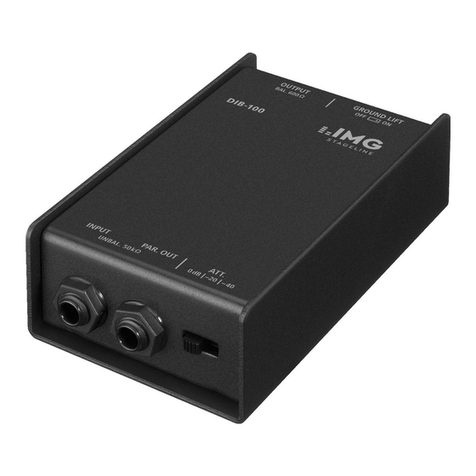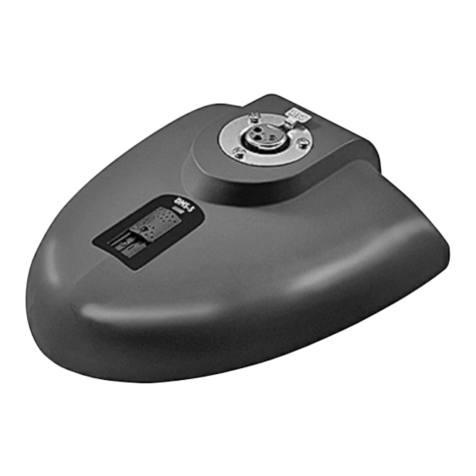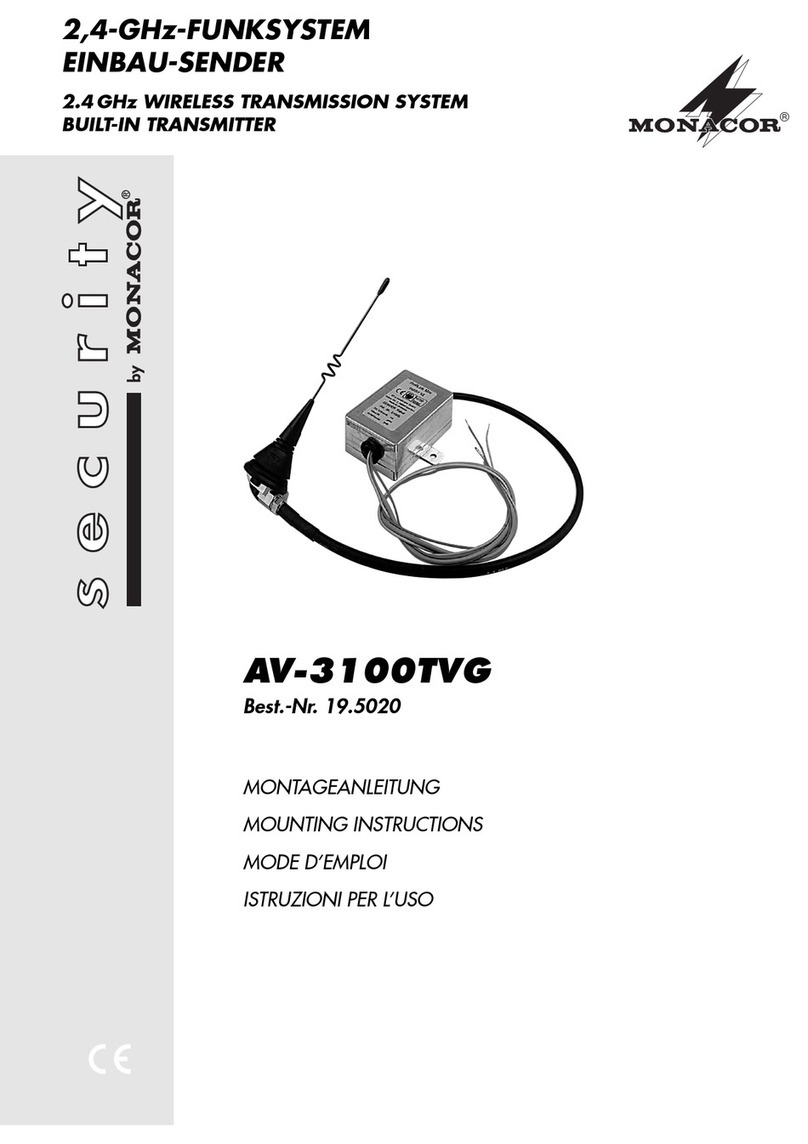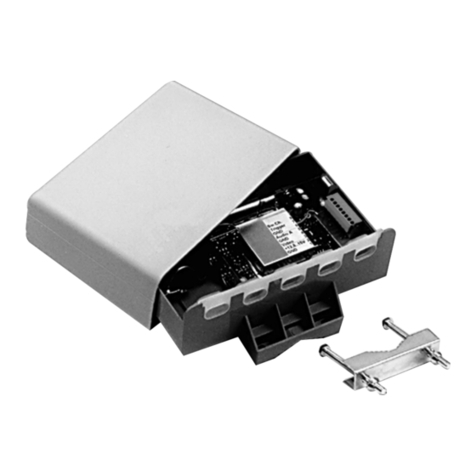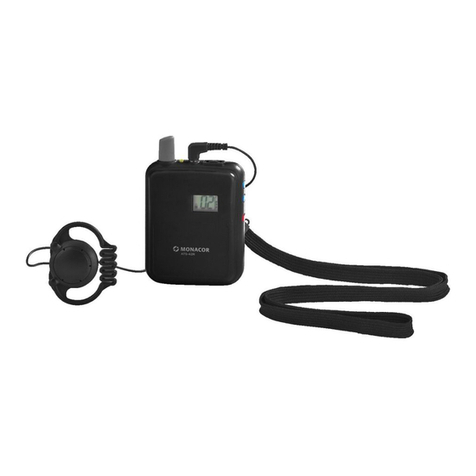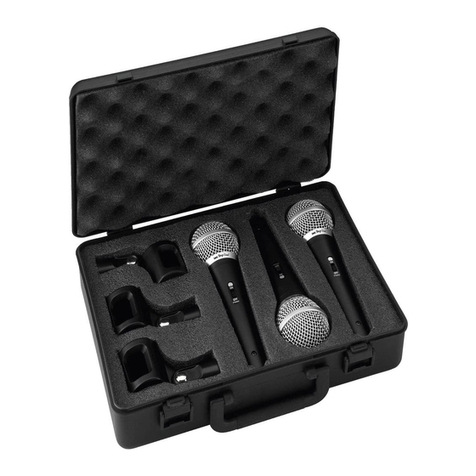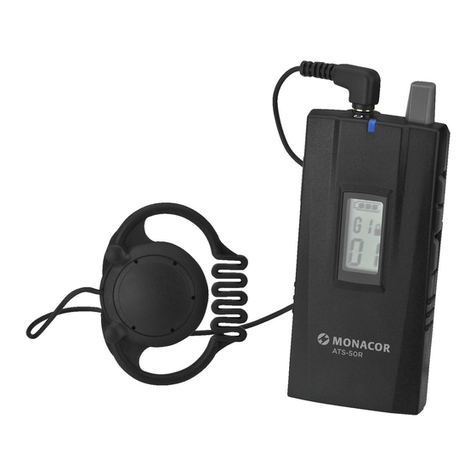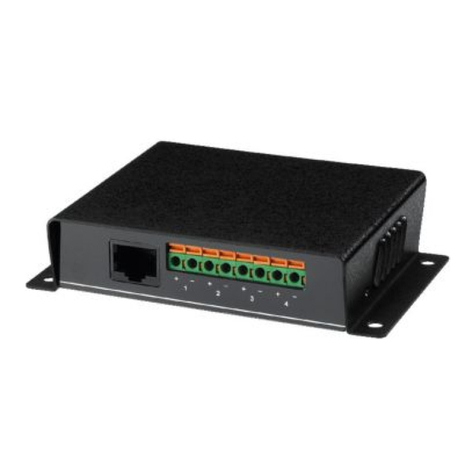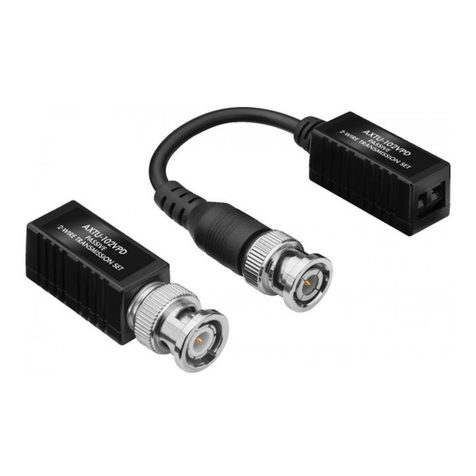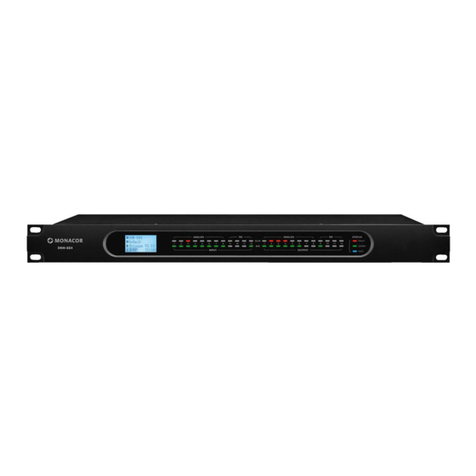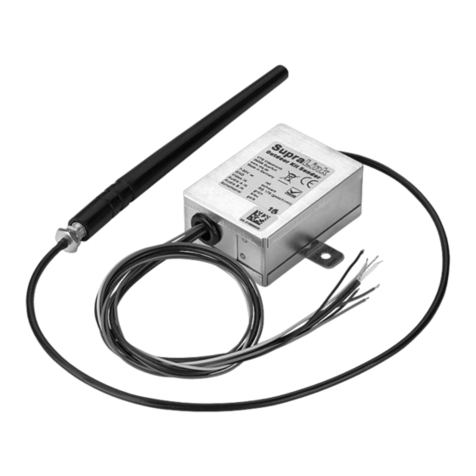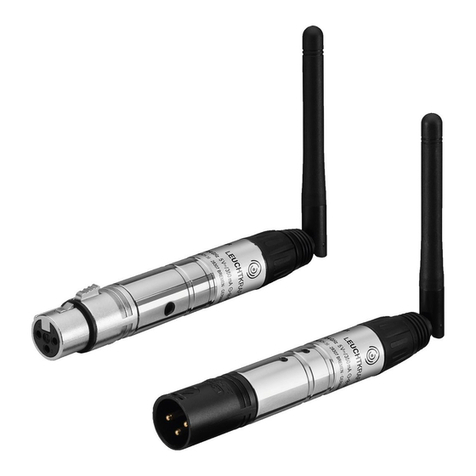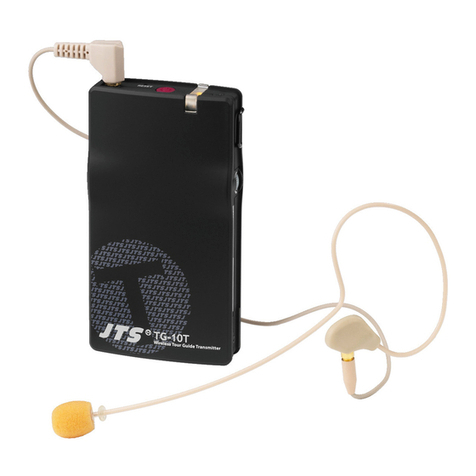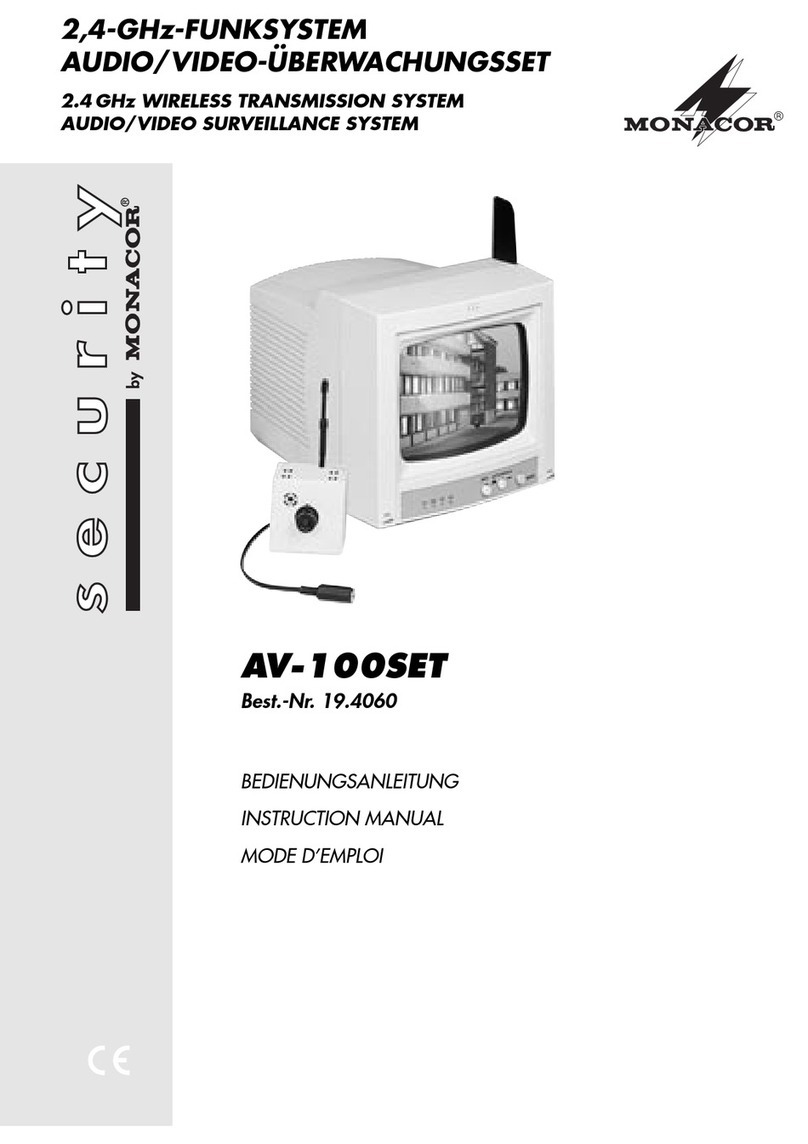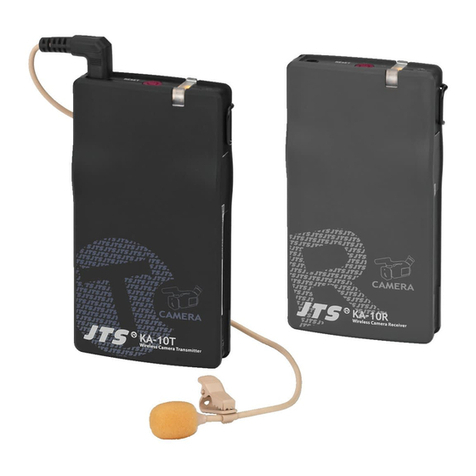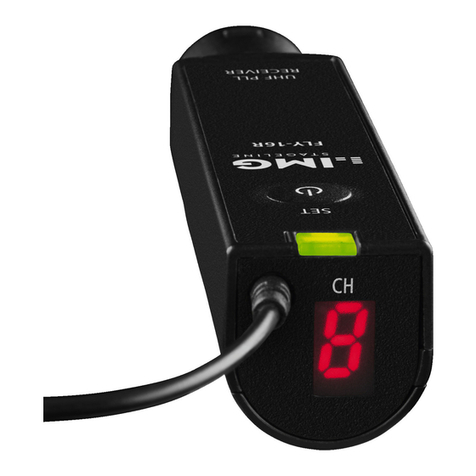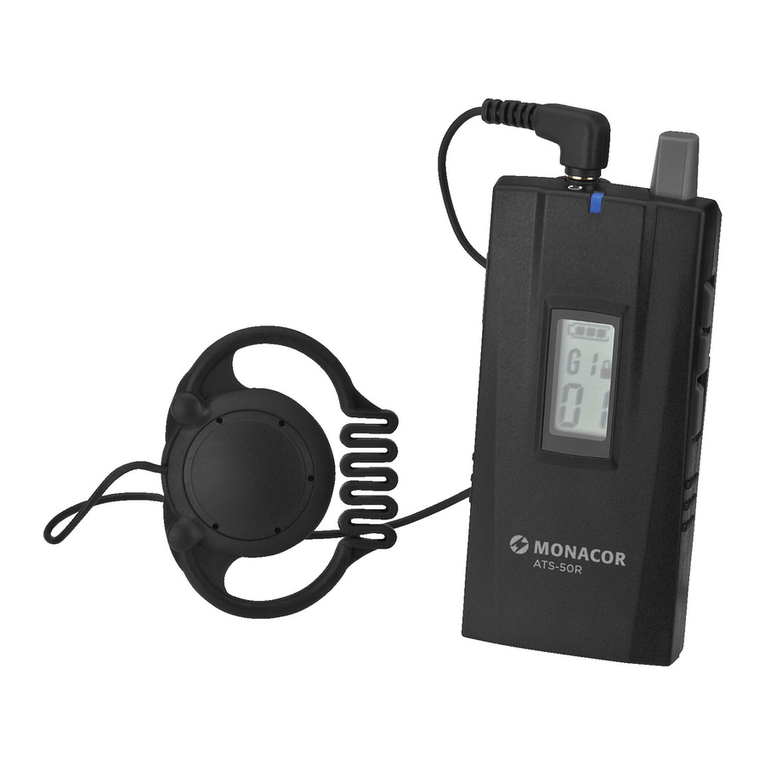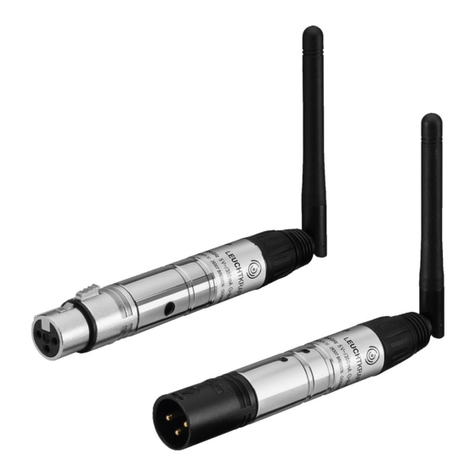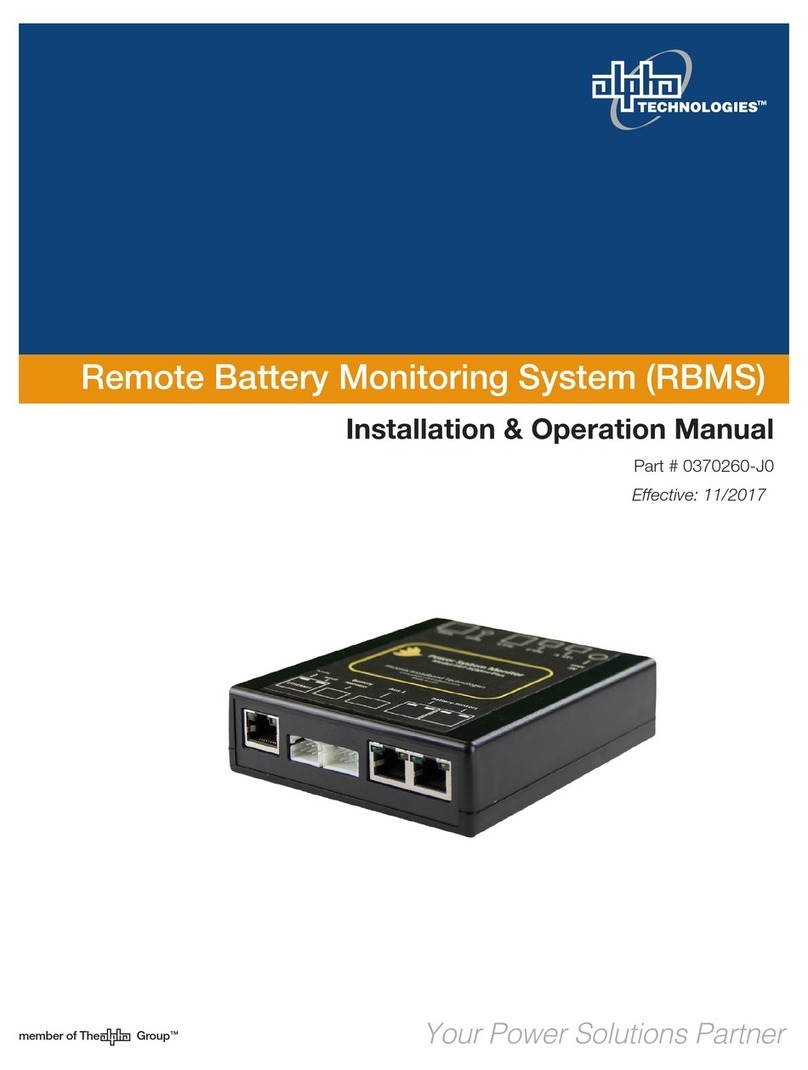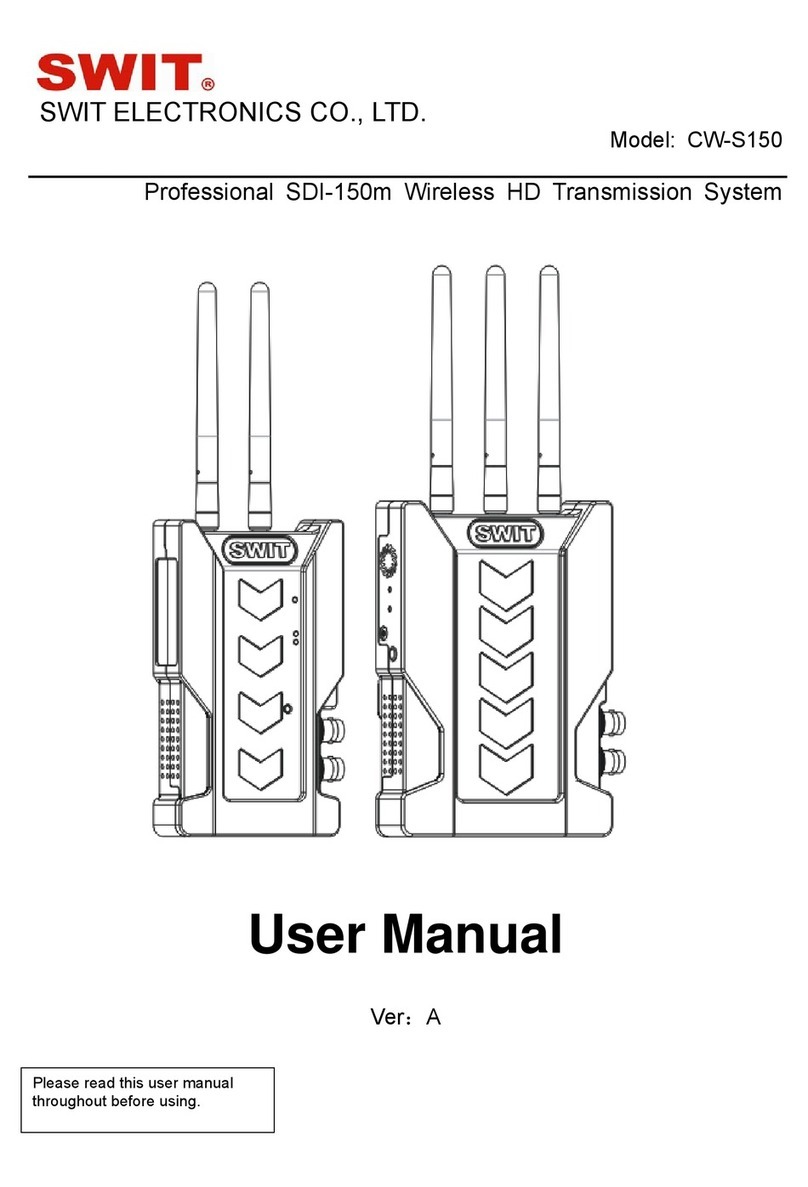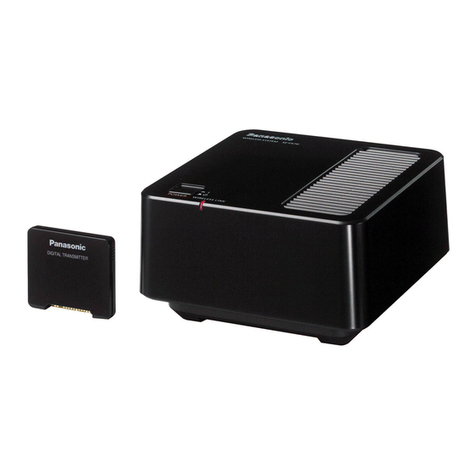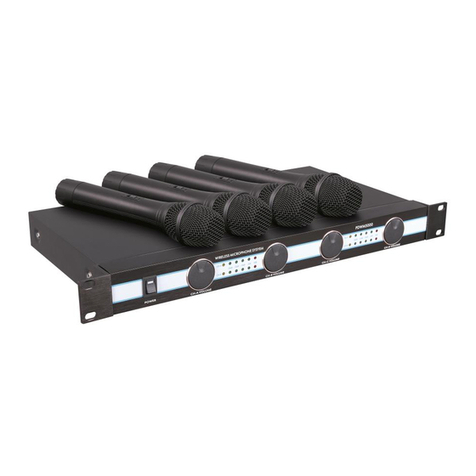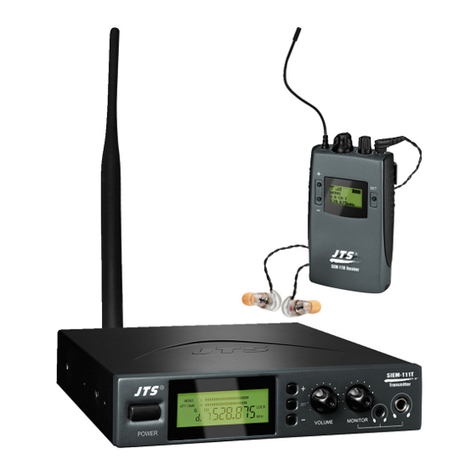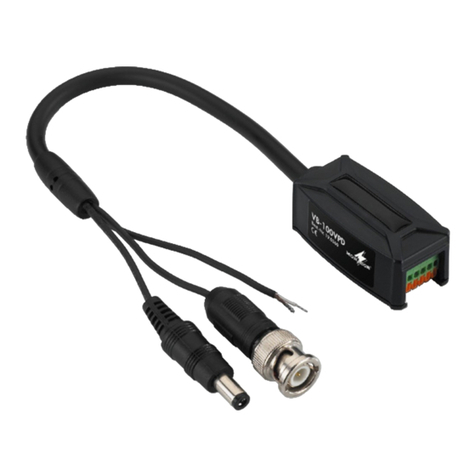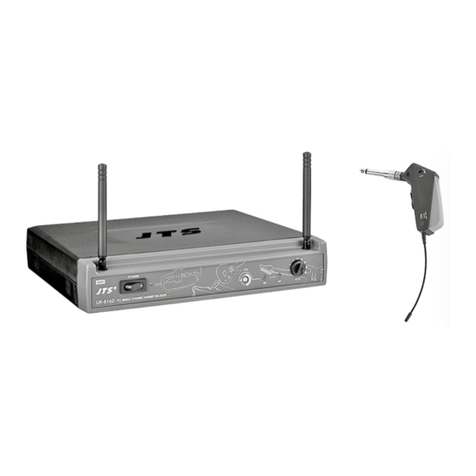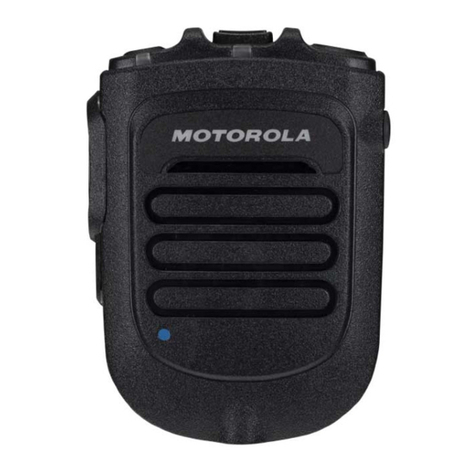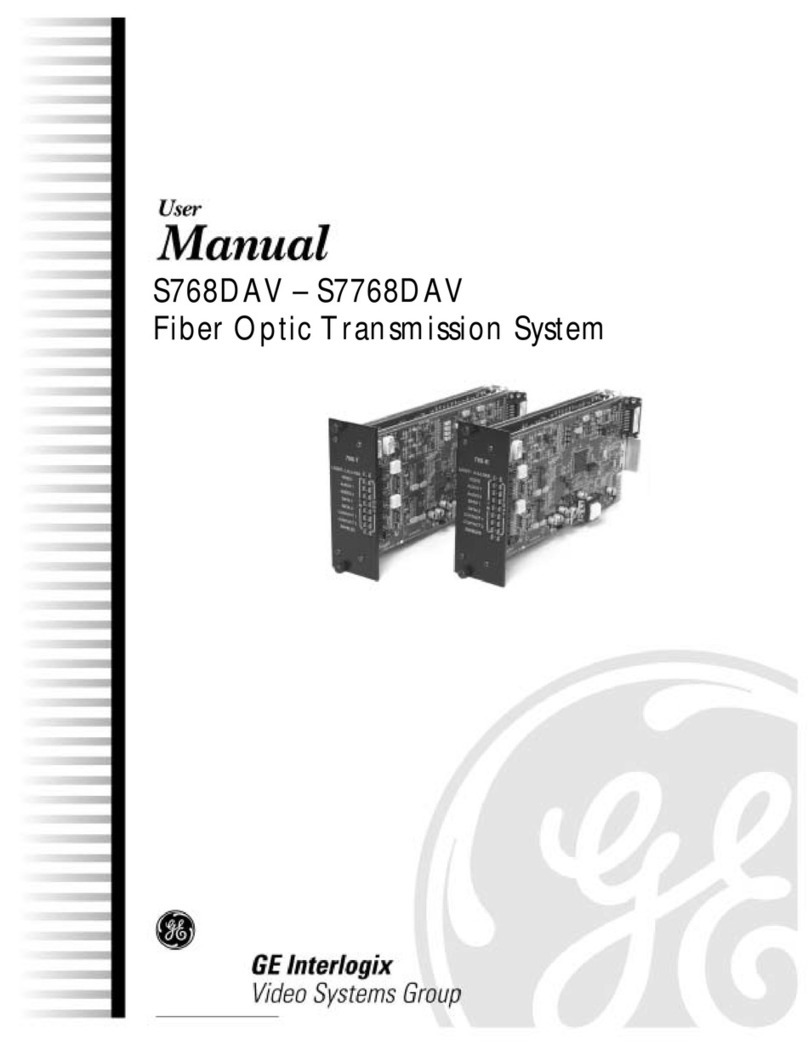DMS-1
Best.-Nr. 23.3490
www.imgstageline.com
DMS-3
Best.-Nr. 23.3500
®
MONACOR INTERNATIONAL GmbH & Co. KG
•
Zum Falsch 36
•
28307 Bremen
•
Germany
Copyright
©
by MONACOR INTERNATIONAL. All rights reserved. A-0196.99.02.06.2011
Mikrofon-Tischfuß
Bitte lesen Sie diese Bedienungsanleitung vor
dem Betrieb gründlich durch und heben Sie sie
für ein späteres Nachlesen auf.
Einsatzmöglichkeiten
Dieser rutschfeste und stabile Mikrofon-Tisch-
fuß – Modell DMS-1 mit Ein- /Ausschalter, Mo-
dell DMS-3 mit verriegelbarer Sprechtaste –
dient zum Aufstecken eines Schwanenhalsmi-
krofons mit XLR-Anschluss. Ein- und Ausgang
des Tischfußes sind symmetrisch beschaltet.
Hinweise für den sicheren Gebrauch
GDer Mikrofon-Tischfuß ist nur zur Verwen-
dung im Innenbereich geeignet. Schützen Sie
ihn vor Feuchtigkeit und Hitze (zulässiger Ein-
satztemperaturbereich 0 – 40 °C).
GVerwenden Sie für die Reinigung nur ein tro-
ckenes, weiches Tuch, niemals Chemikalien
oder Wasser.
GWird der Mikrofon-Tischfuß zweckentfremdet,
nicht richtig angeschlossen oder nicht fach-
gerecht repariert, kann keine Haftung für
daraus resultierende Sach- oder Personen-
schäden und keine Garantie für den Tischfuß
übernommen werden.
Inbetriebnahme
1) Das Schwanenhalsmikrofon in die XLR-Buch-
se auf der Oberseite des Tischfußes stecken.
Die Buchse besitzt eine Verriegelung, die
beim Herausziehen des Steckers durch Her-
unterdrücken des PUSH-Hebels wieder ge-
löst wird.
Soll der Mikrofon-Tischfuß endgültig
aus dem Betrieb genommen werden,
übergeben Sie ihn zur umweltgerech-
ten Entsorgung einem örtlichen Recyc-
lingbetrieb.
2) Den XLR-Ausgang hinten am Tischfuß über
ein Anschlusskabel (z. B. ein Kabel der MEC-
Serie von „img Stage Line“) mit einem sym-
metrischen Mikrofoneingang am Audiogerät
(z. B. Mischpult, Verstärker) verbinden.
3) Bei dem Modell DMS-1 zum Einschalten des
Mikrofons den Schalter unter der XLR-Buchse
ganz nach oben schieben. Steht der Schalter
in der unteren Position (Schriftzug OFF sicht-
bar), ist das Mikrofon ausgeschaltet.
Bei dem Modell DMS-3 zum Einschalten
des Mikrofons für die Dauer einer Durchsage
die Sprechtaste TALK gedrückt gehalten und
in das Mikrofon sprechen. Nach der Durch-
sage die Taste lösen. Soll das Mikrofon für
längere Zeit eingeschaltet bleiben, die Taste
drücken und gleichzeitig den darüber liegen-
den Schalter nach links schieben (Position
LOCK). Im Sichtfenster des Schalters er-
scheint dann eine rote Markierung und die
Taste ist verriegelt. Zum Entriegeln der Taste
den Schalter wieder nach rechts schieben.
Desk Microphone Base
Please read these operating instructions care-
fully prior to operation and keep them for later
use.
Applications
This sturdy, non-slip desk microphone base
(model DMS-1 with on-off switch, model DMS-3
with lockable talk button) serves for accommo-
dating a gooseneck microphone with XLR con-
nection. The input and output of the base are
balanced.
Safety Notes
GThe desk microphone base is suitable for
indoor use only. Protect it against humidity
and heat (admissible ambient temperature
range 0 – 40 °C).
GFor cleaning only use a dry, soft cloth; never
use chemicals or water.
GNo guarantee claims for the desk microphone
base and no liability for any resulting personal
damage or material damage will be accepted
if the base is used for other purposes than
originally intended, if it is not correctly con-
nected, or not repaired in an expert way.
Operation
1) Connect the gooseneck microphone to the
XLR jack on the upper side of the base. The
jack is provided with a latching device. Press
down the PUSH lever to release it for remov-
ing the plug.
2) Connect the XLR output at the rear of the
base via a connection cable (e. g. a cable of
If the desk microphone base is to be
put out of operation definitively, take it
to a local recycling plant for a disposal
which is not harmful to the environ-
ment.
the MEC series by “img Stage Line”) to a bal-
anced microphone input on the audio unit
(e. g. mixer, amplifier).
3) Model DMS-1: For switching on the micro-
phone, slide the switch below the XLR jack
fully to the upper position. With the switch in
the lower position (lettering OFF visible), the
microphone is switched off.
Model DMS-3: For switching on the micro-
phone for an announcement, keep the button
TALK pressed and speak into the micro-
phone. Release the button after the an-
nouncement. For keeping the microphone
switched on for a longer period, press the but-
ton while simultaneously sliding the switch
above it fully to the left (position LOCK). In
this case, a red marking will appear in the
small window of the switch to show that the
button is locked. To unlock the button, slide
the switch to the right again.
Pied de micro
de table
Veuillez lire la présente notice avec attention
avant le fonctionnement et conservez-la pour
pouvoir vous y reporter ultérieurement.
Possibilités dʼutilisation
Le pied de micro de table stable et anti-dérapant
– modèle DMS-1 avec interrupteur marche/
arrêt, modèle DMS-3 avec touche parole ver-
rouillable – sert pour recevoir un microphone col
de cygne avec branchement XLR. Lʼentrée et la
sortie du pied sont symétriques.
Conseils dʼutilisation et de sécurité
GLe pied de micro nʼest conçu que pour une
utilisation en intérieur. Protégez-le de lʼhumi-
dité et de la chaleur (plage de température de
fonctionnement autorisée 0 – 40 °C).
GPour le nettoyer, utilisez uniquement un chif-
fon sec et doux, en aucun cas de produits chi-
miques ou dʼeau.
GNous déclinons toute responsabilité en cas de
dommages matériels ou corporels résultants
si le pied de micro est utilisé dans un but autre
que celui pour lequel il a été conçu, sʼil nʼest
pas correctement branché ou sʼil nʼest pas
réparé par une personne habilitée ; en outre,
la garantie deviendrait caduque.
Utilisation
1) Placez le micro col de cygne dans la prise
XLR femelle sur la face supérieure du pied. La
prise possède un verrouillage qui se désen-
clenche lorsque le levier PUSH est abaissé
pour sortir la fiche.
2) Reliez la sortie XLR à lʼarrière du pied via un
cordon de branchement (par exemple un cor-
don de la série MEC-… de “img Stage Line”)
Lorsque le pied de micro est définitive-
ment retiré du circuit de distribution,
vous devez le déposer dans une usine
de recyclage adaptée pour contribuer
à son élimination non polluante.
à une entrée micro symétrique sur lʼappareil
audio (p. ex. table de mixage, amplificateur).
3) Sur le modèle DMS-1, pour allumer le micro-
phone, poussez lʼinterrupteur sous la prise
XLR entièrement vers le haut. Si lʼinterrupteur
est dans la position inférieure (repérage OFF
visible), le micro est éteint.
Sur le modèle DMS-3, pour allumer le mi-
crophone, maintenez la touche de parole
TALK enfoncée pendant la durée dʼune an-
nonce et parlez dans le micro. A la fin de lʼan-
nonce, relâchez la touche. Si le microphone
doit rester allumé plus longtemps, enfoncez
la touche et simultanément poussez lʼinter-
rupteur situé au-dessus vers la gauche (posi-
tion LOCK). Dans la fenêtre de lʼinterrupteur,
un repère rouge apparaît et la touche est ver-
rouillée. Pour déverrouiller la touche, pous-
sez à nouveau lʼinterrupteur vers la droite.
D A CH
F B CH
GB
